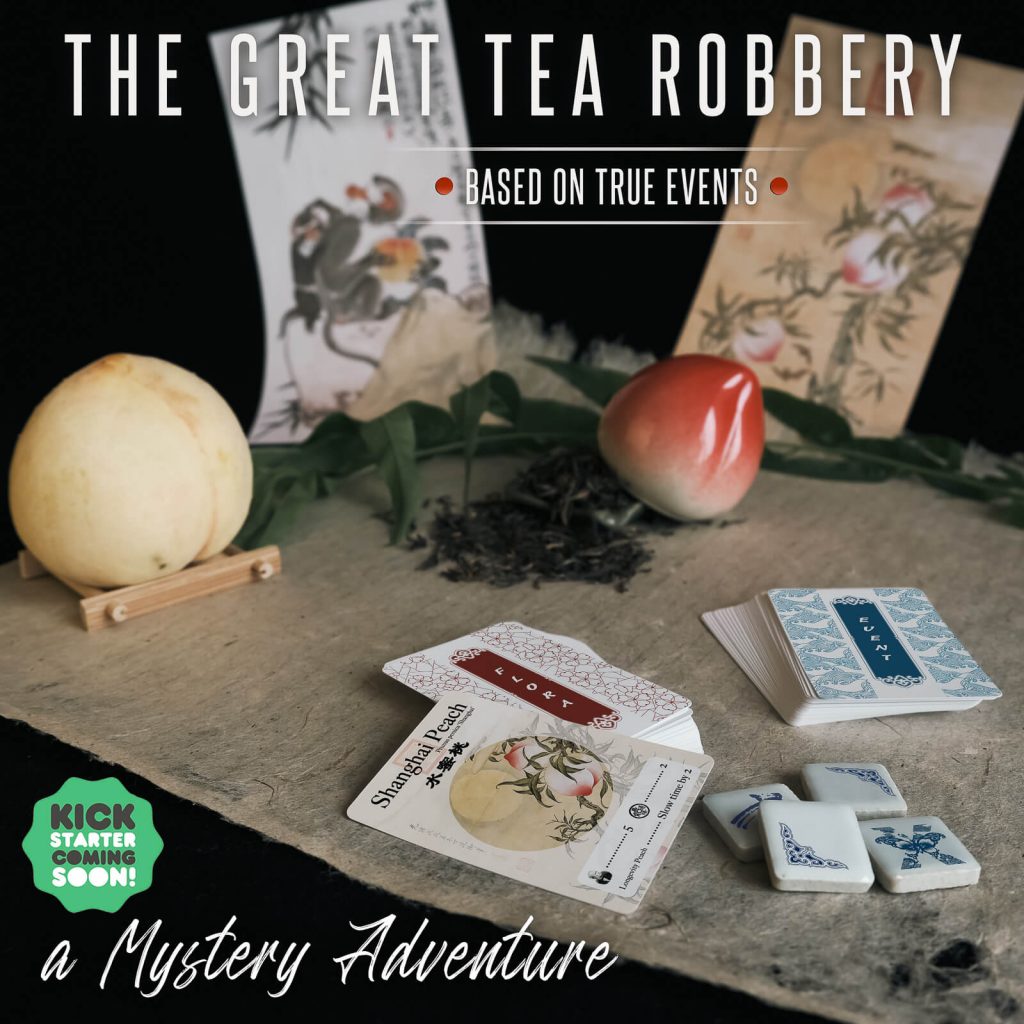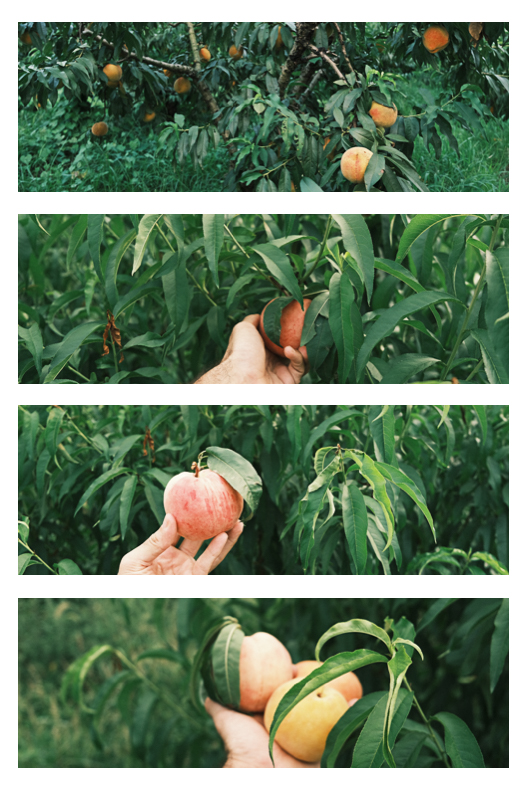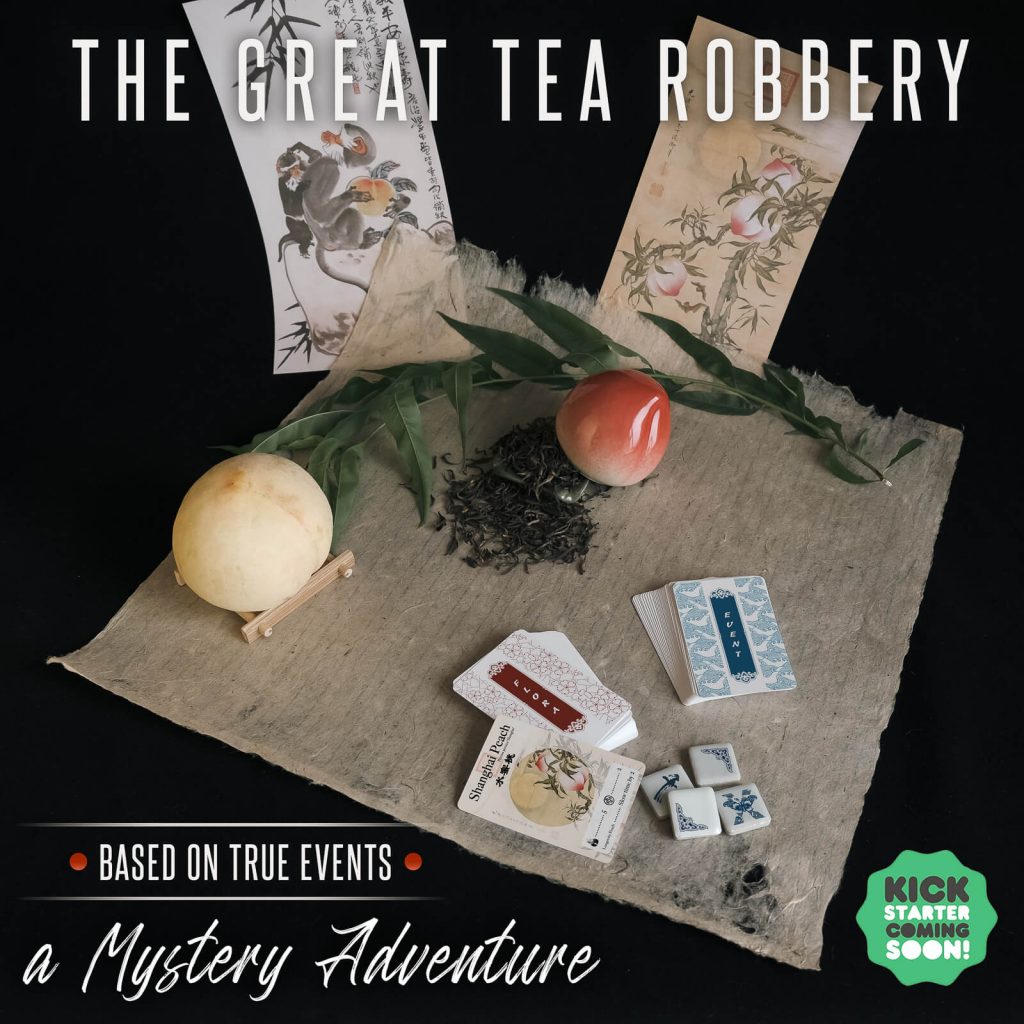Extracts from [Stan Sesser – The Best Peach on Earth – WSJ]
On August 21, 2009, the American “Wall Street Journal” columnist Stan Sesser reported in “The Best Peach on Earth”, that tasting some of the world’s most delicious fruit requires a flight across the Pacific. He didn’t just taste it, though…
“The best bet, then, is to eat honey peaches in China, and that’s what I did with wild abandon, consuming 10 peaches, averaging half a pound each, in a single day.“
He was referring to the Prunus Persica ‘Shanghai’, the Shanghai’s Honey Nectar Peach.

“U.S. markets prize long shelf life and durability in the produce they sell, and the honey
peach is a delicate fruit that quickly turns rotten, so it cannot survive the long journey to American tables. The honey peach isn’t especially attractive, either, which is a further strike against it in the U.S., where fruit is bred to have a vibrant exterior color that pleases the shopper’s eye. Because of all these factors, Growing honey peaches on U.S. farms isn’t practical, either.“
“It appears, then, that honey peaches will remain a special treat to be enjoyed on visits to China–which is almost a novelty these days, now that so many foods are shipped around the world at the click of a mouse.“
Stan Sesser – The Best Peach on Earth – WSJ
Why am I talking about Palm tree, Peaches, etc.?
Our game is focused on the intriguing Great Tea Robbery. Yet, it’s more than just an investigation. It’s an immersive experience that takes you into a world where history’s secrets unravel. All of this centers around the personage of Robert Fortune.

Fortune was not only an investigator but also a remarkable botanist. His journeys introduced a multitude of plants and flowers from the East to the Western world, enhancing our gardens, parks, and orchards. This added layer of intrigue is woven into the rich tapestry of our game, making it a truly immersive experience.
The Chinese Cling
Main source [Peaches of New York p.199/1916]
Chinese Cling holds a high place in the esteem of American pomologists for its intrinsic value, because it was the first peach in one of the main stems of the peach-family to come to America, and because it is the parent, or one of the parents, of a great number of the best white-fleshed peaches grown in this country, the Peaches of New York and Georgia among others.

Chinese Cling was found growing in the orchards south of the city of Shanghai, China, by Robert Fortune, the indefatigable English botanist, who was sent to China by the London Horticultural Society to collect useful and ornamental plants. Fortune sent the peach to England in 1844 under the name Shanghai…
Peaches originated from China and Fortune introduced a good number of varieties to the West. The peach, often portrayed alongside monkeys and bats, is a symbol of longevity in China, but that’s a long story…
